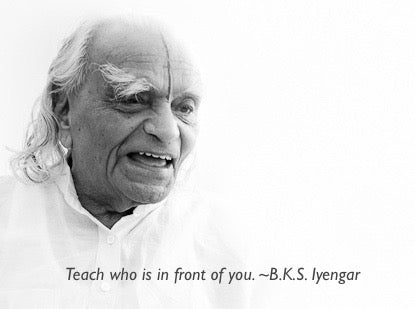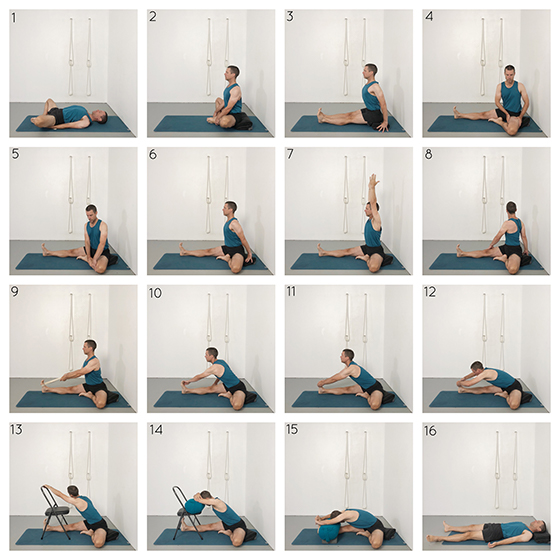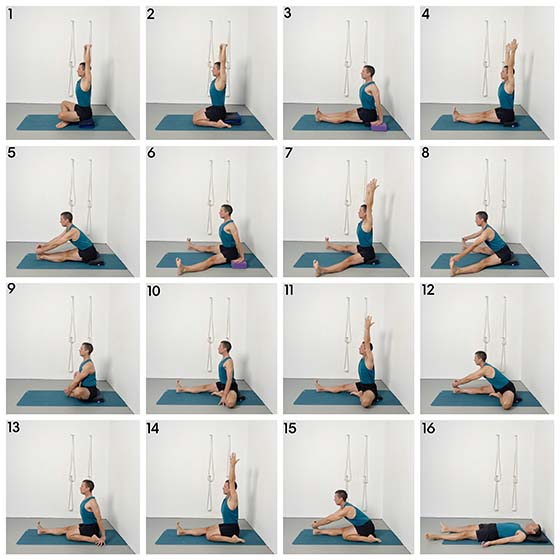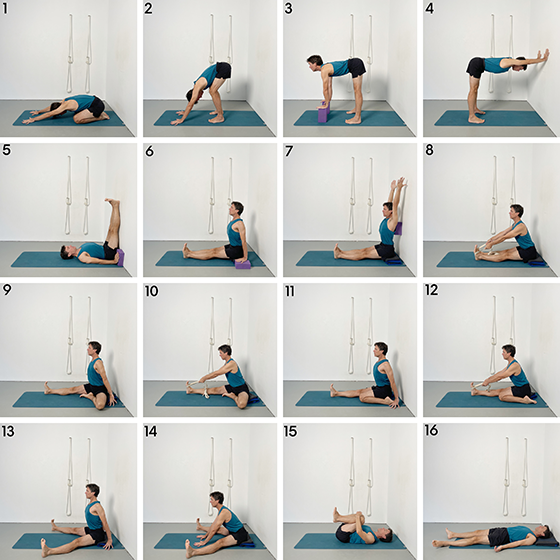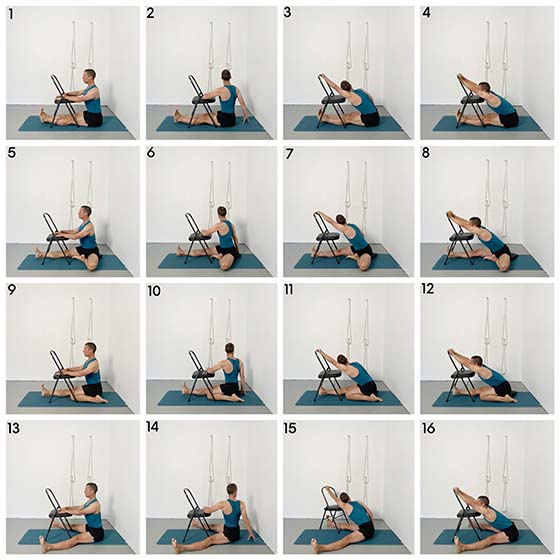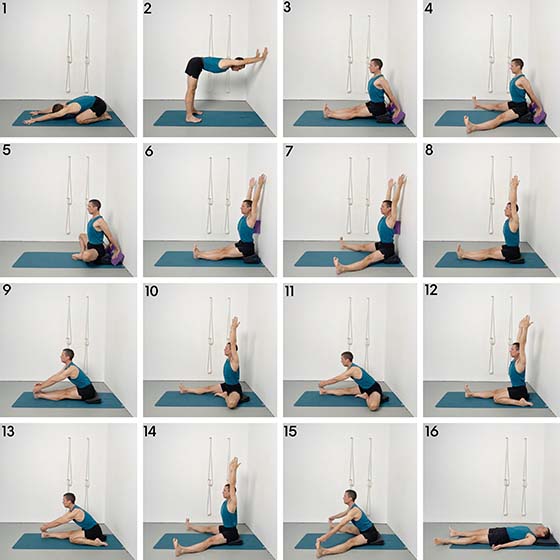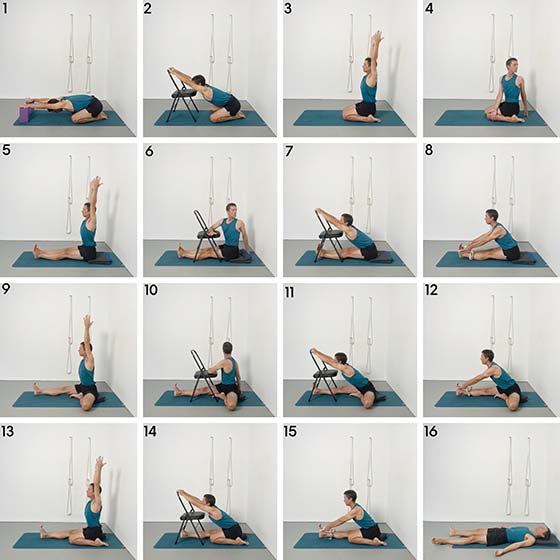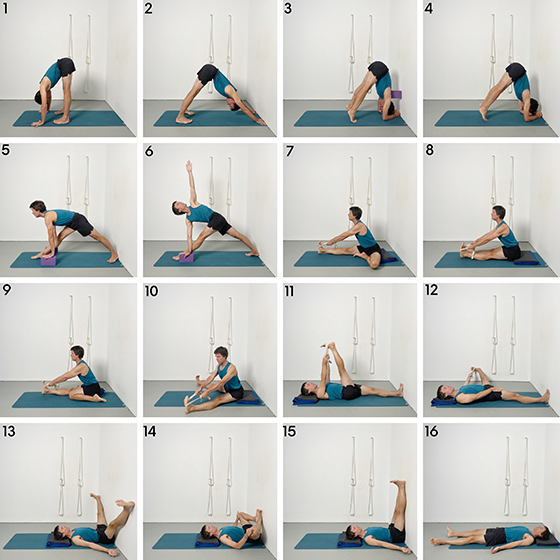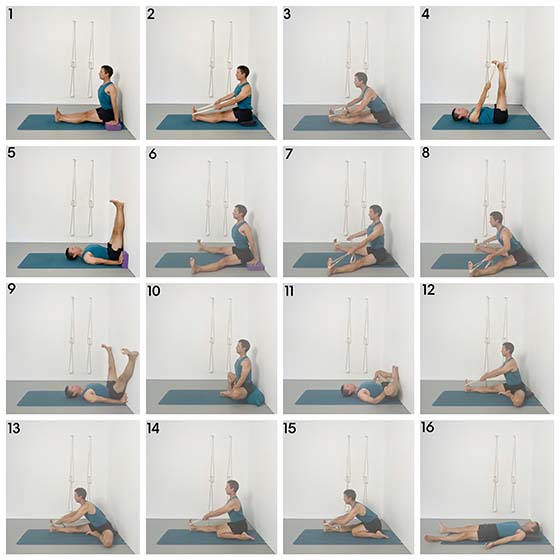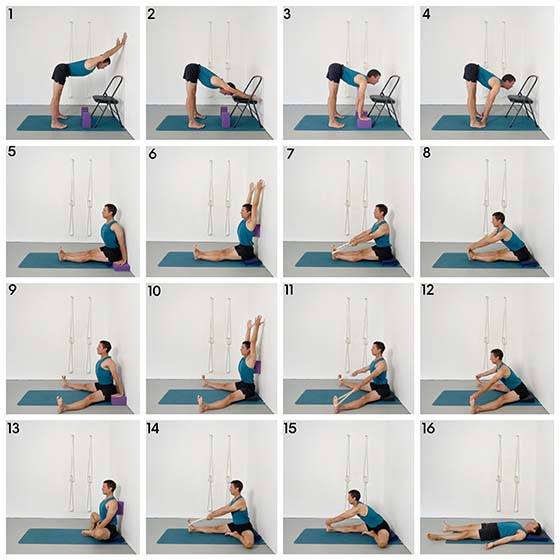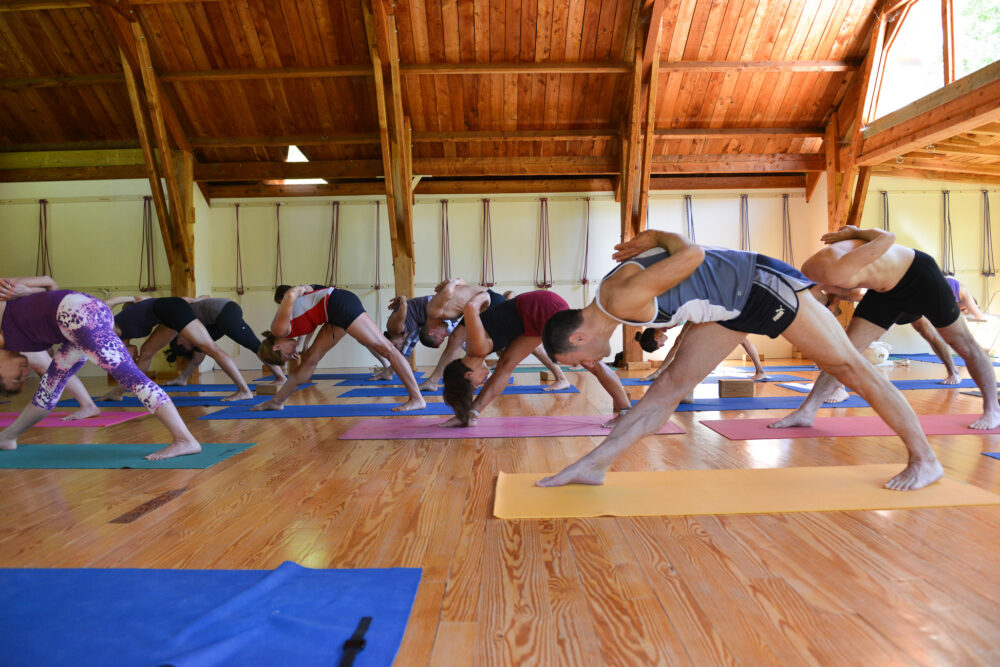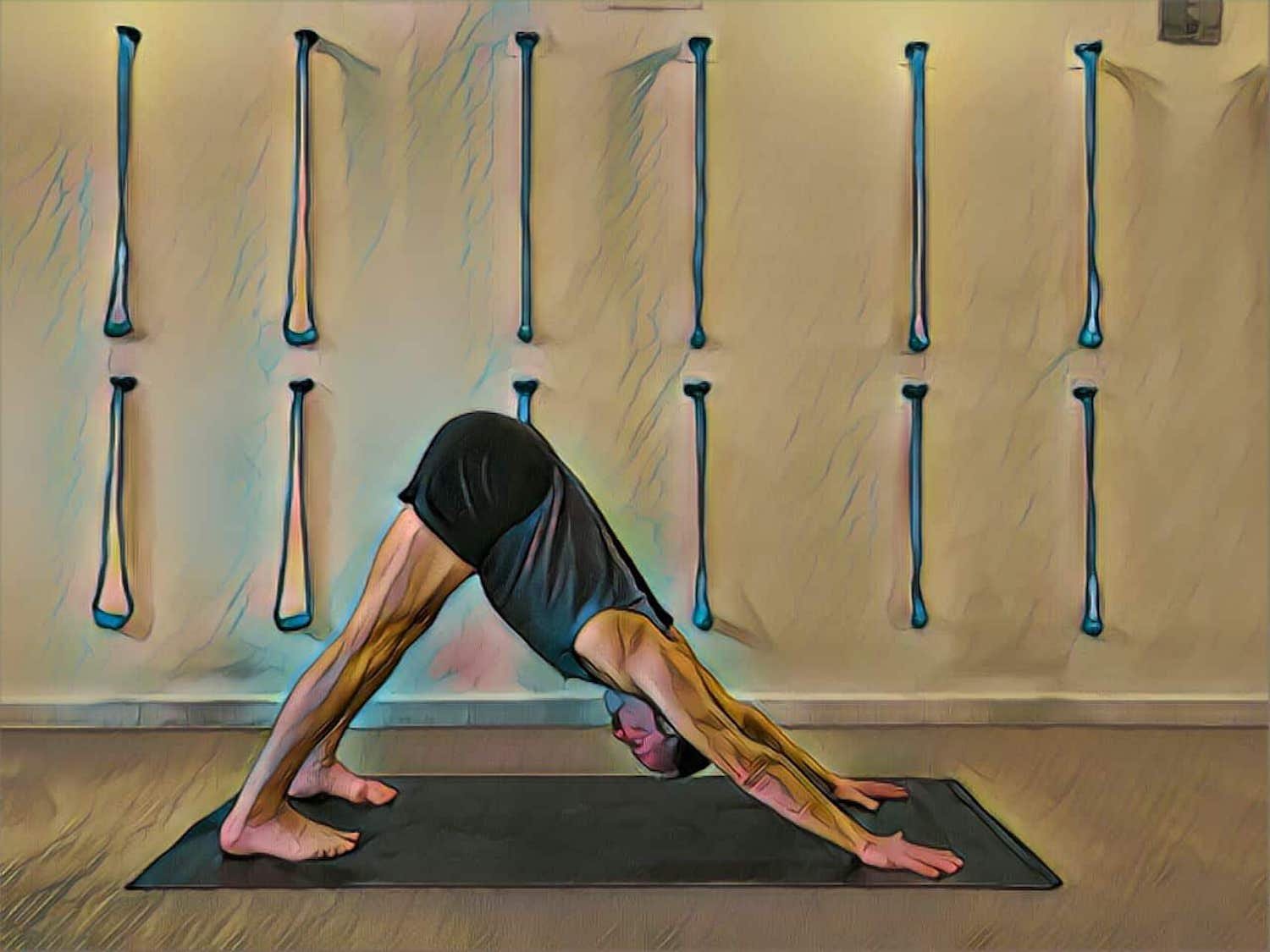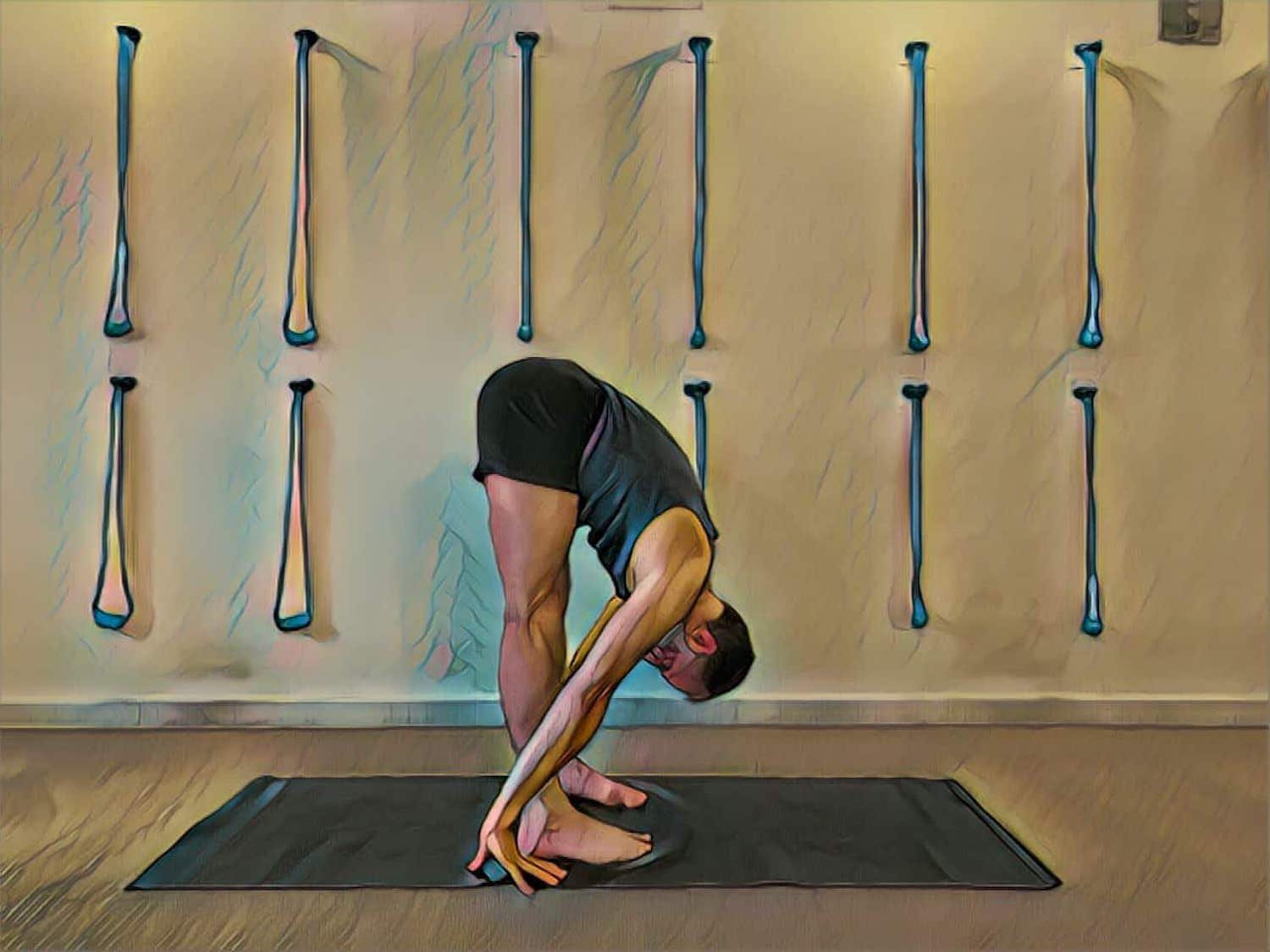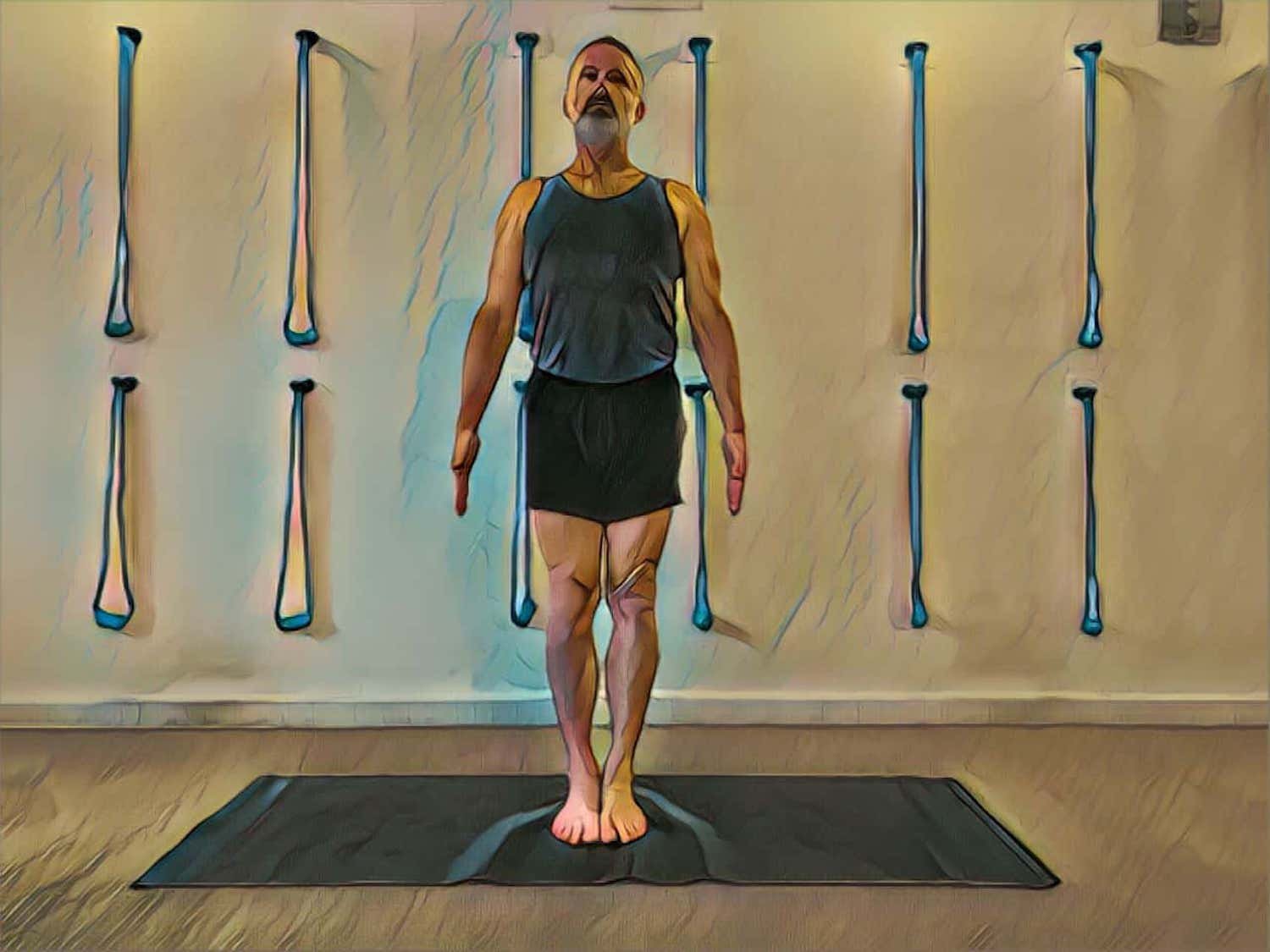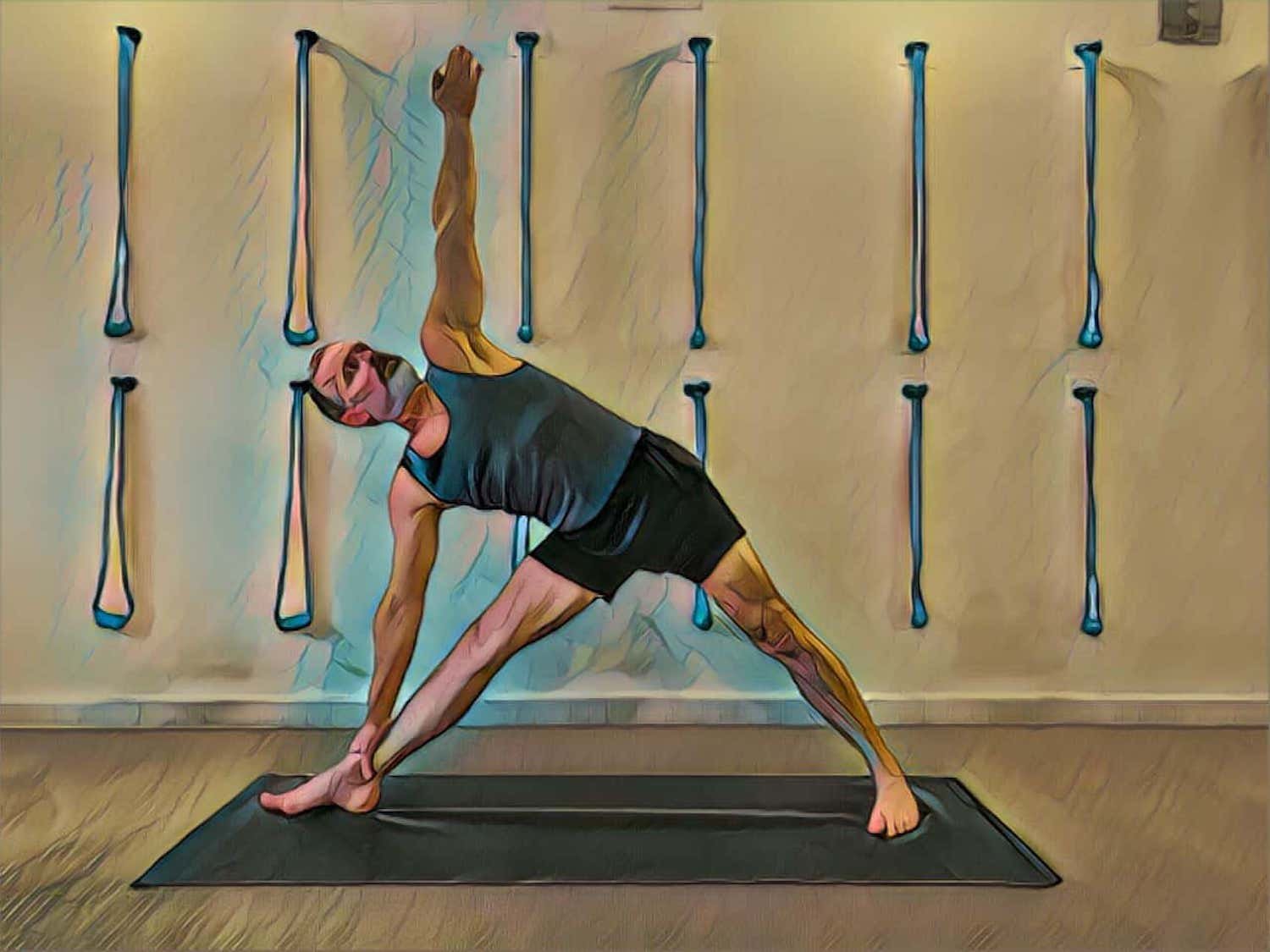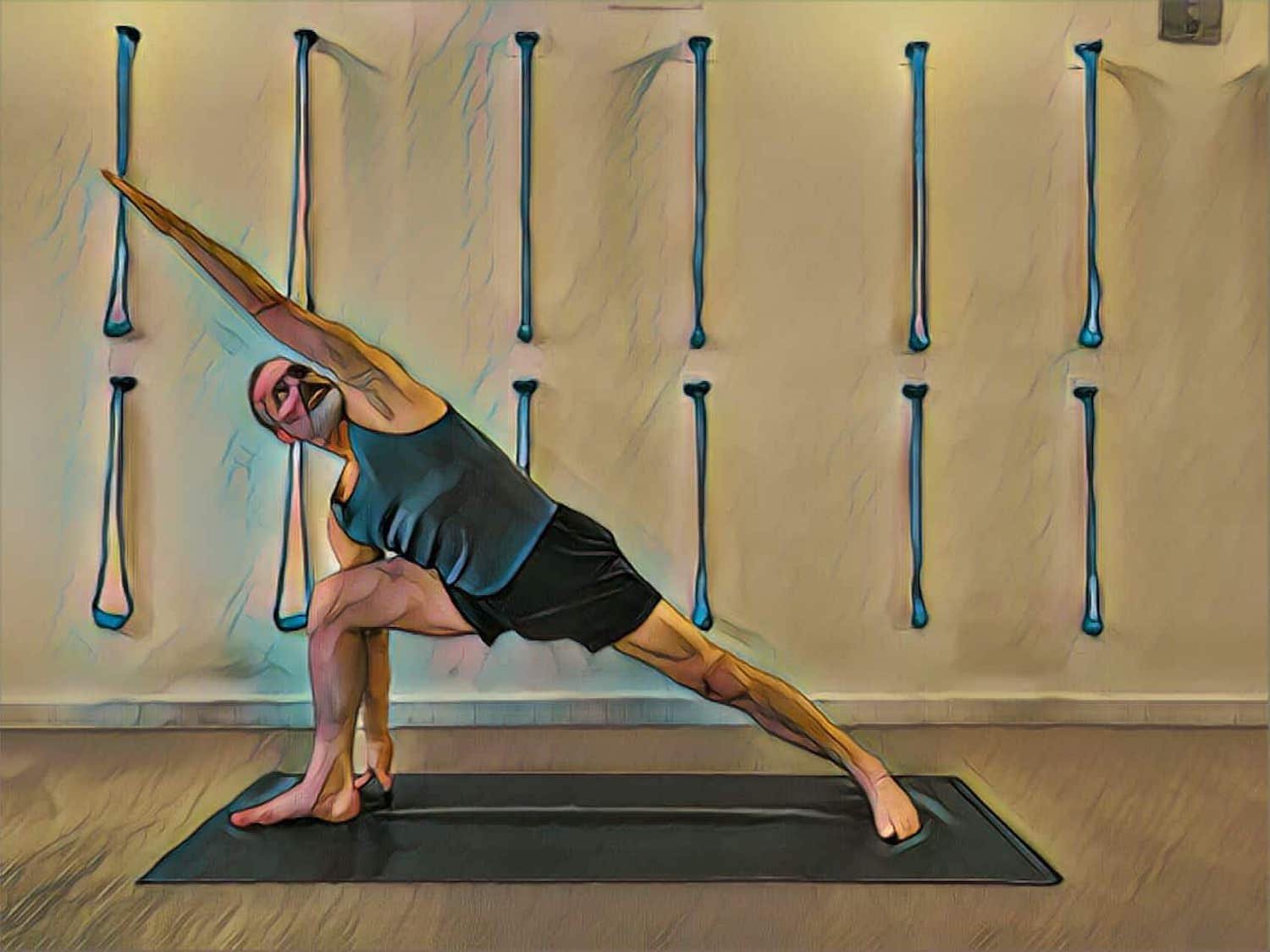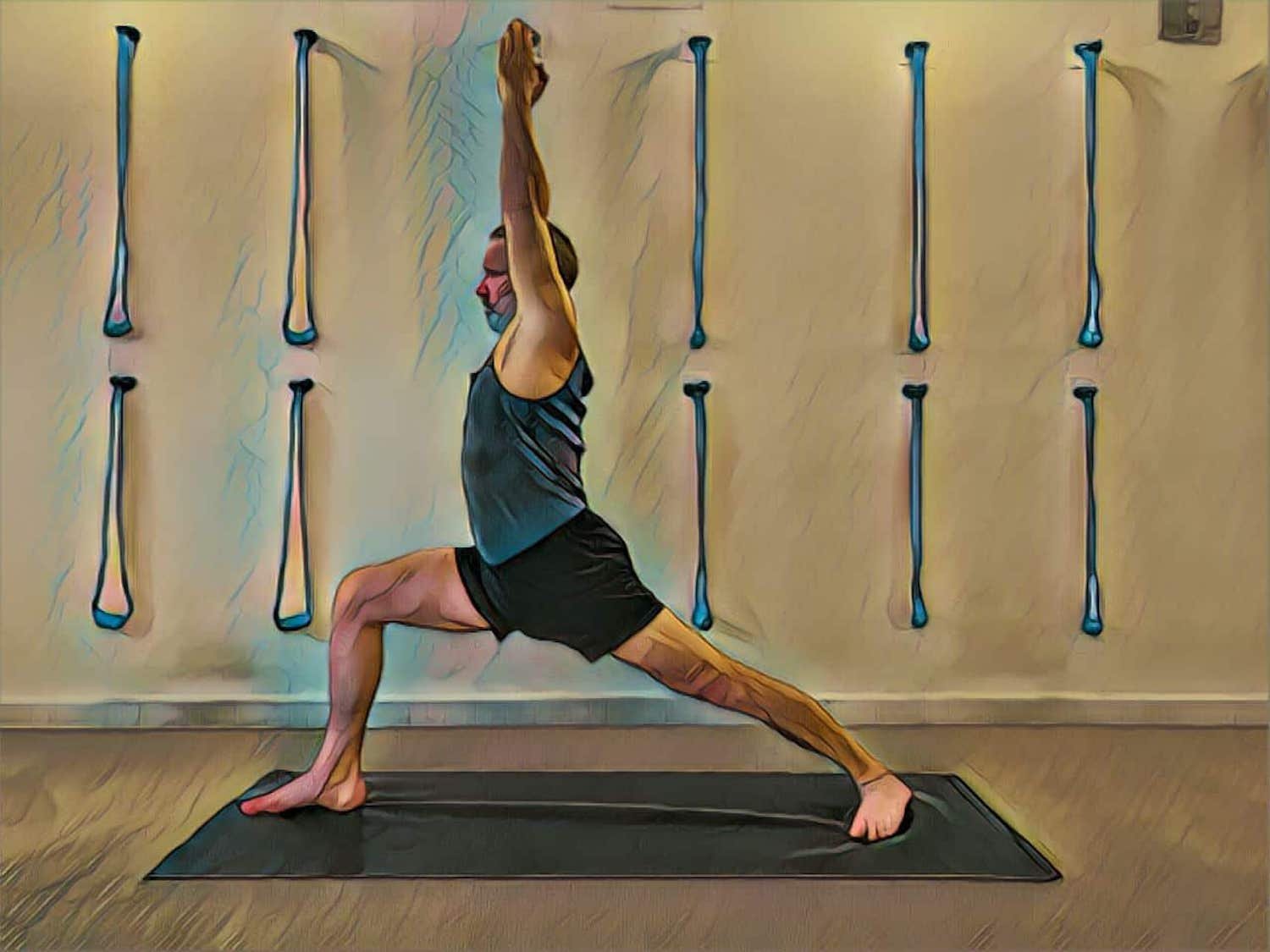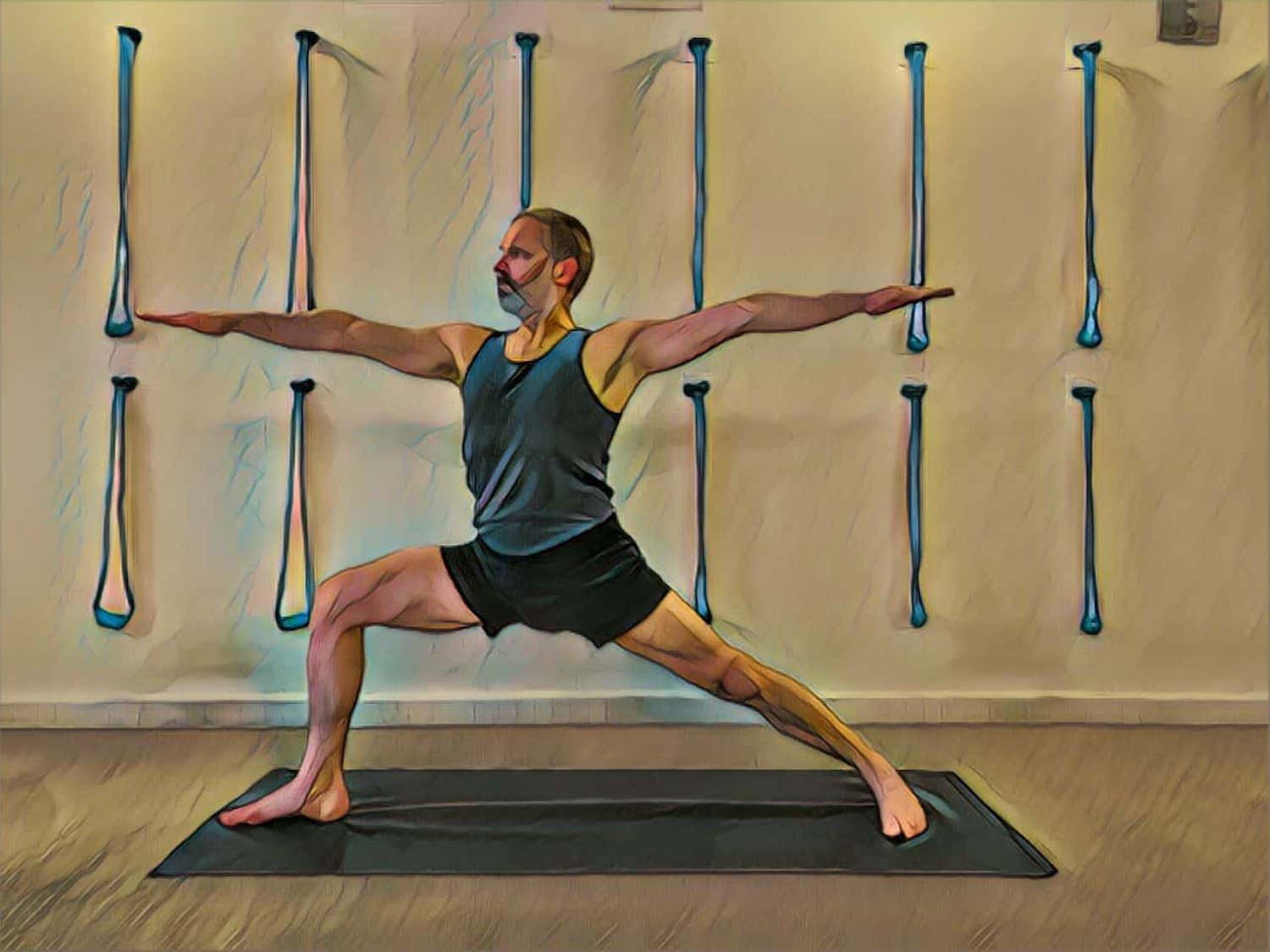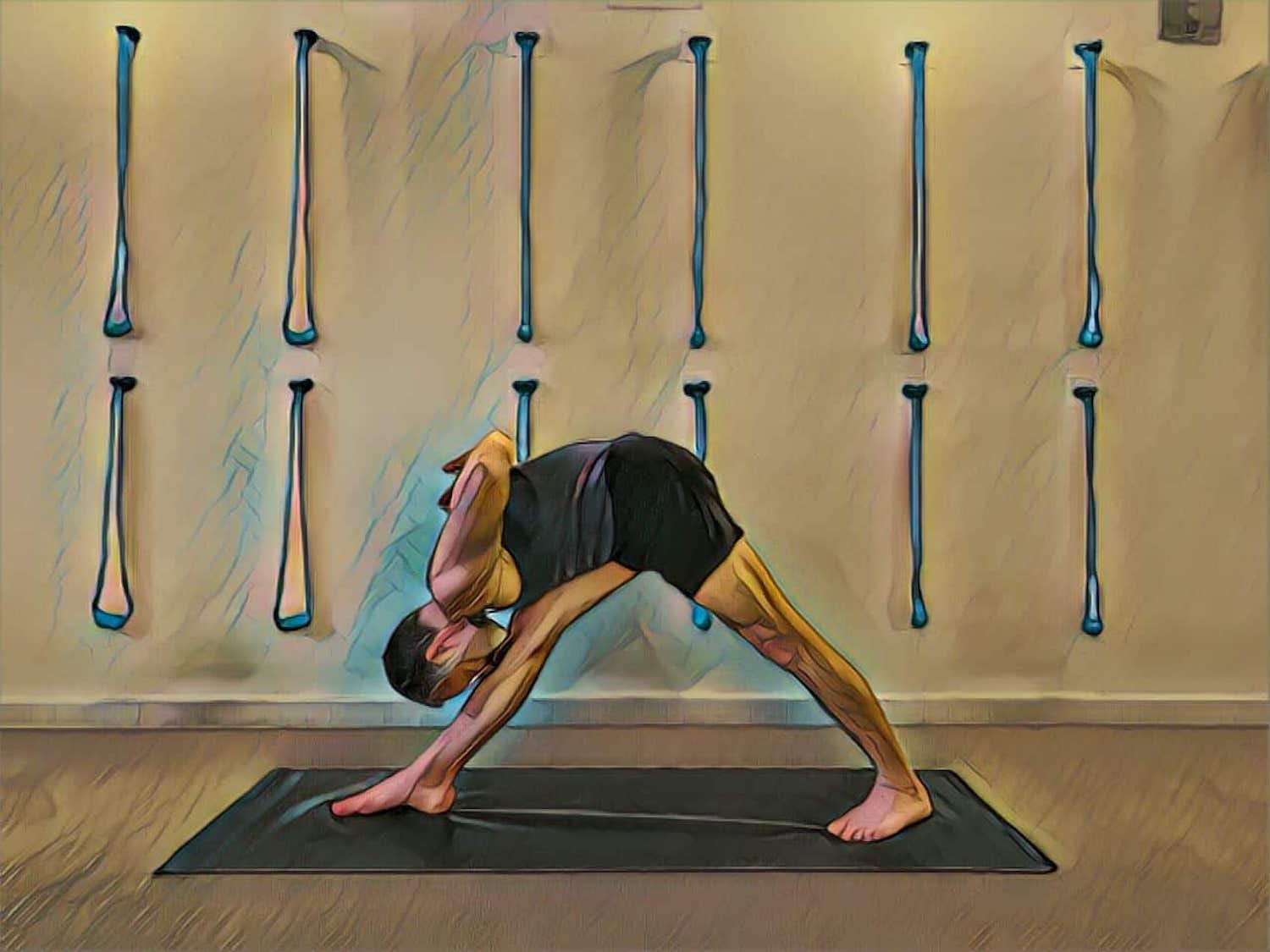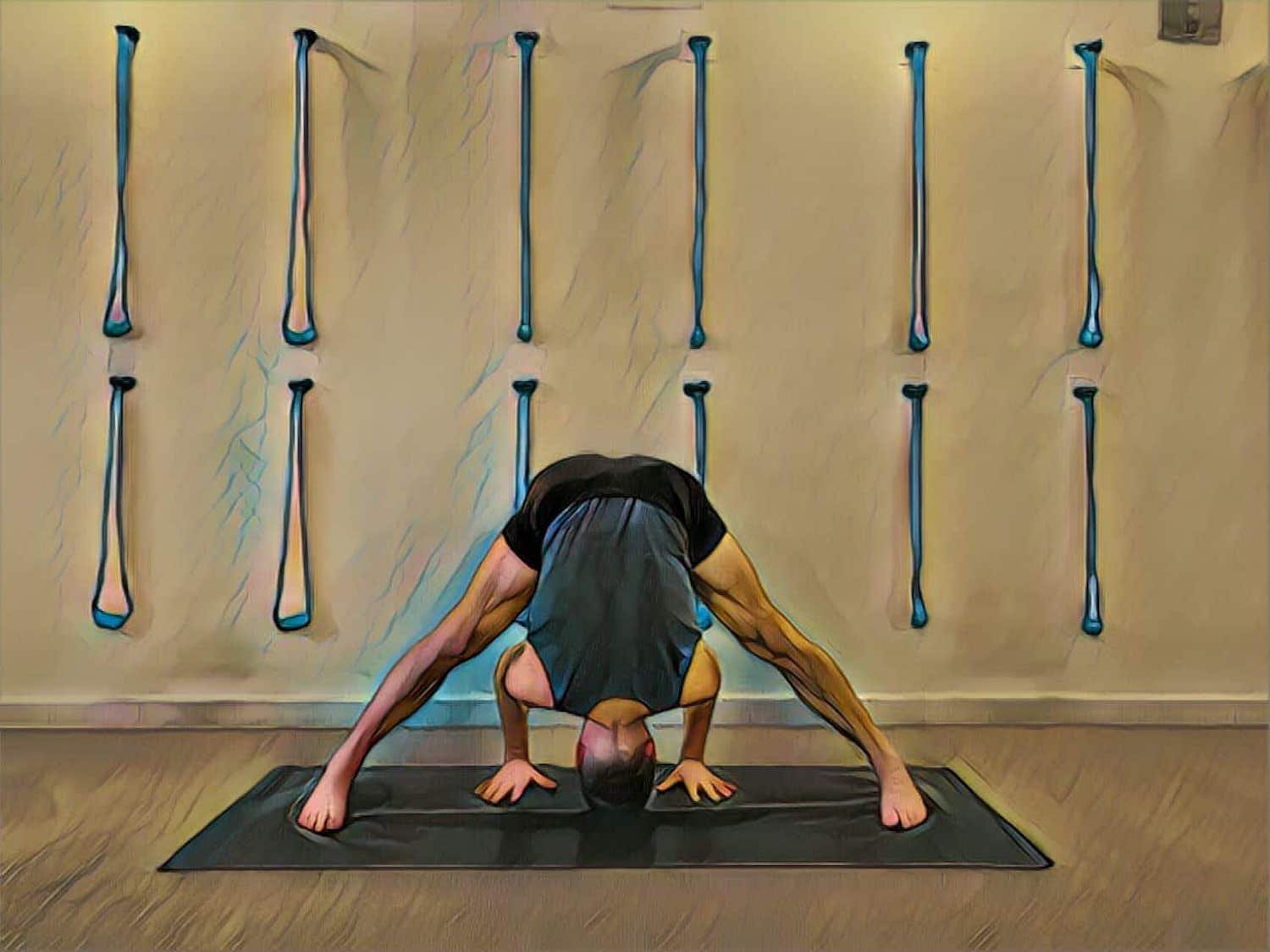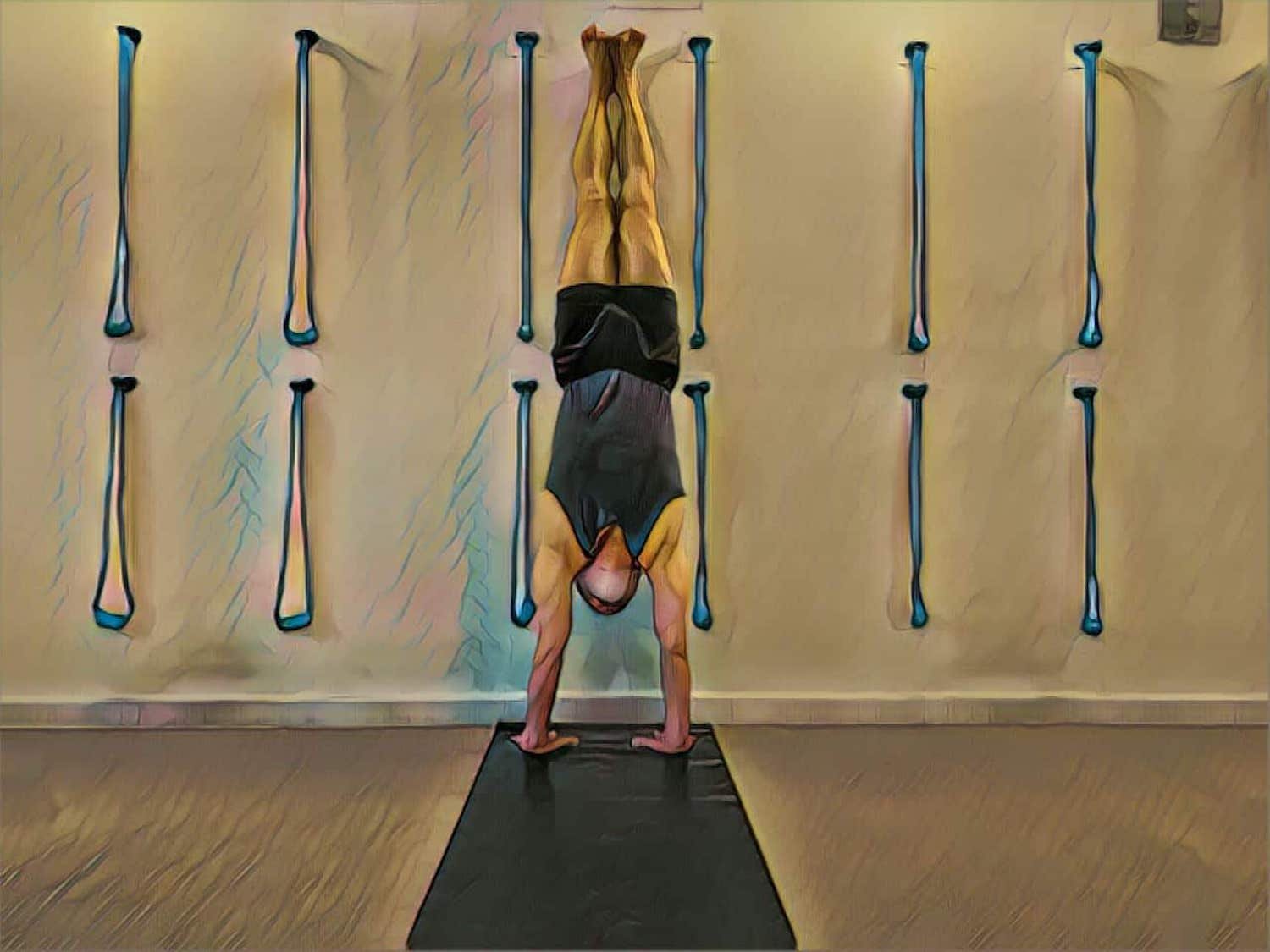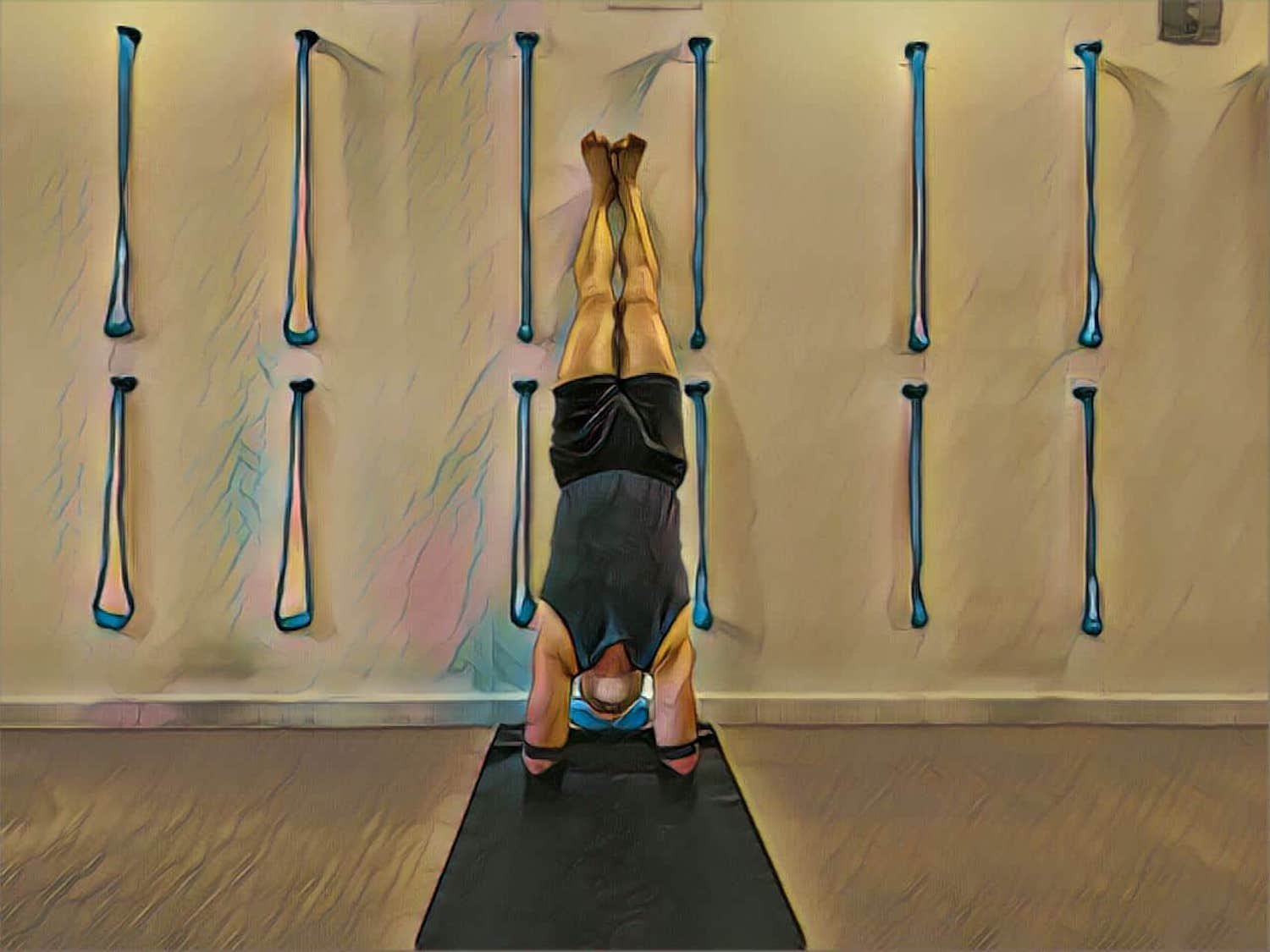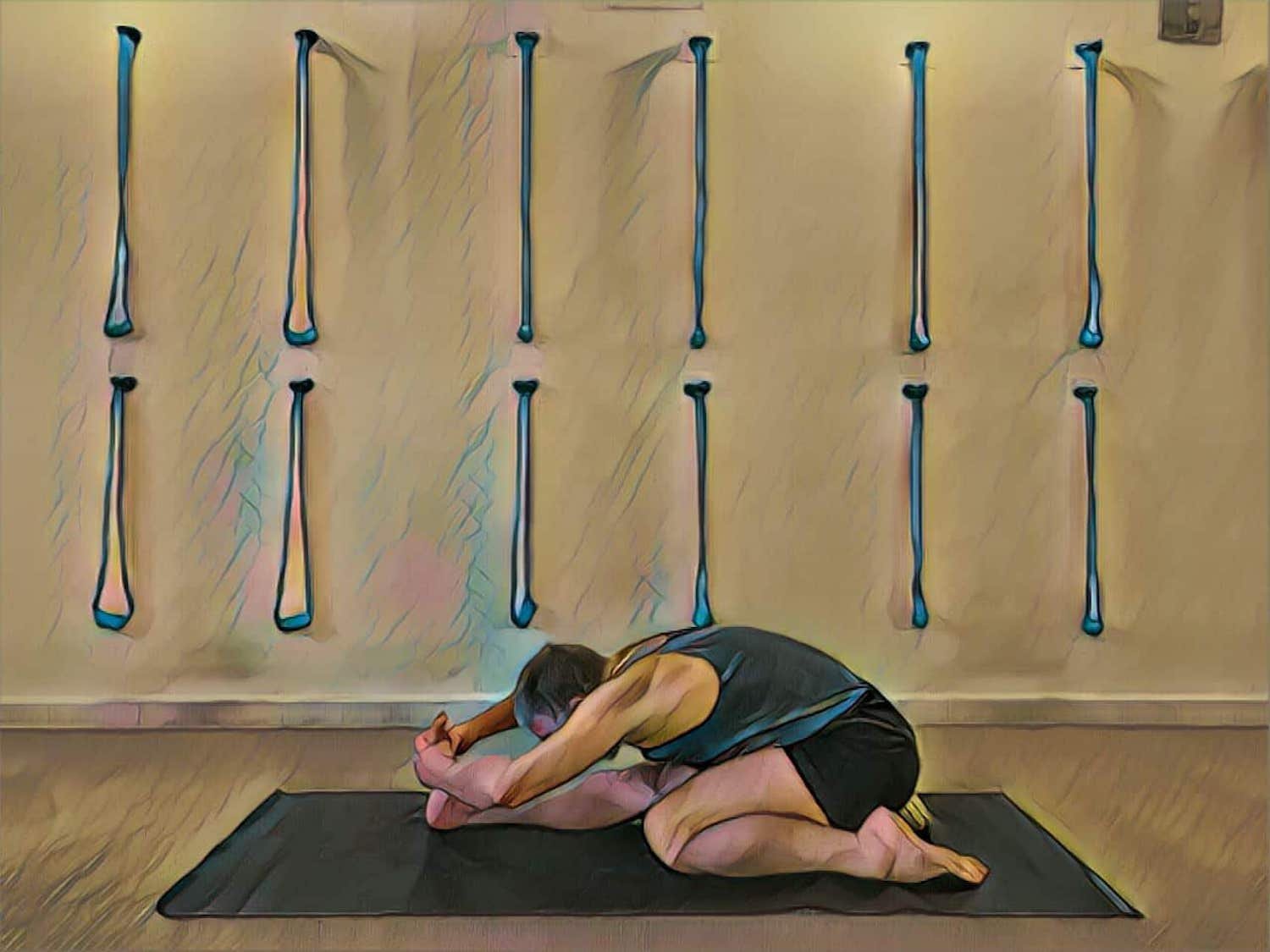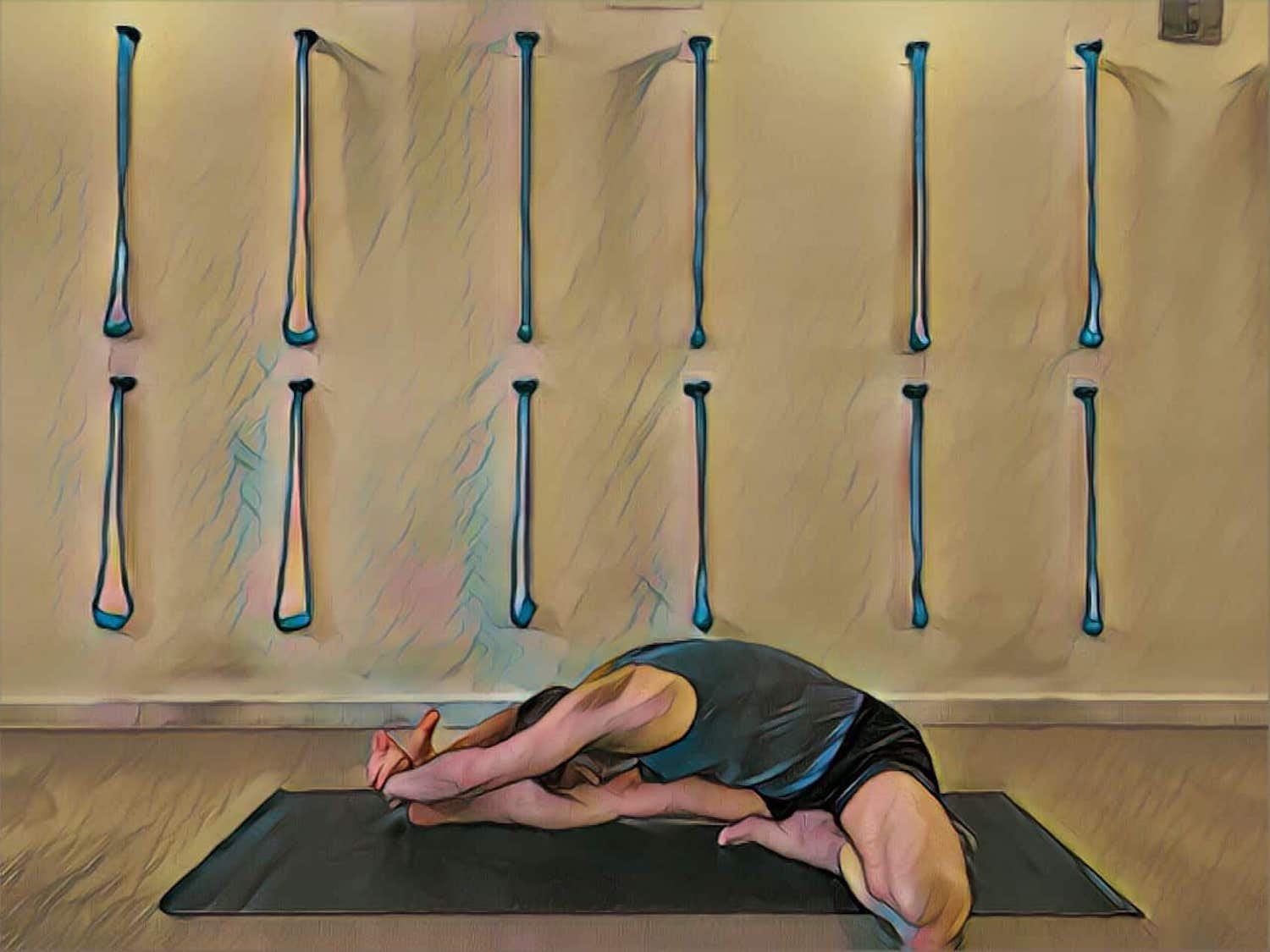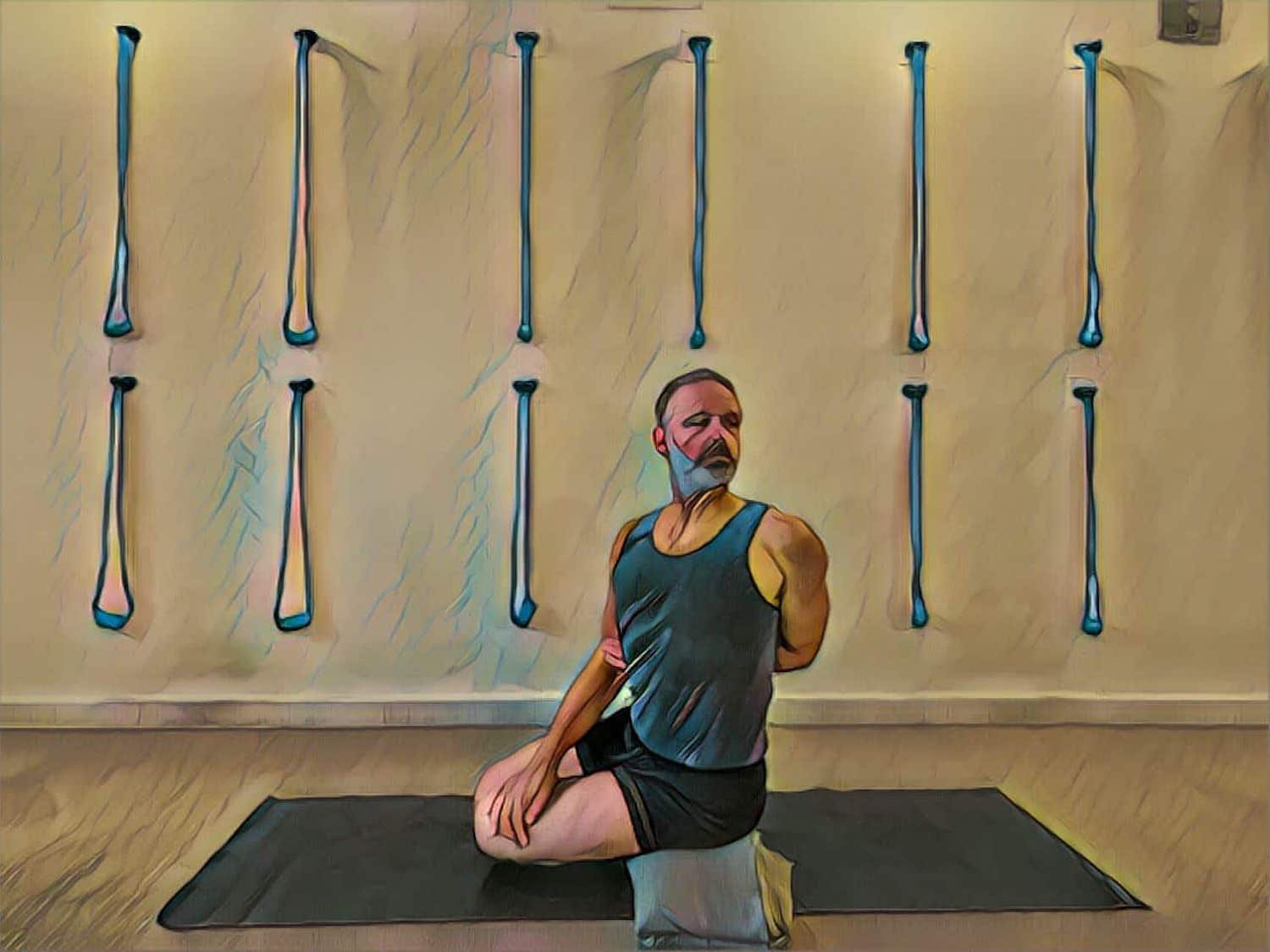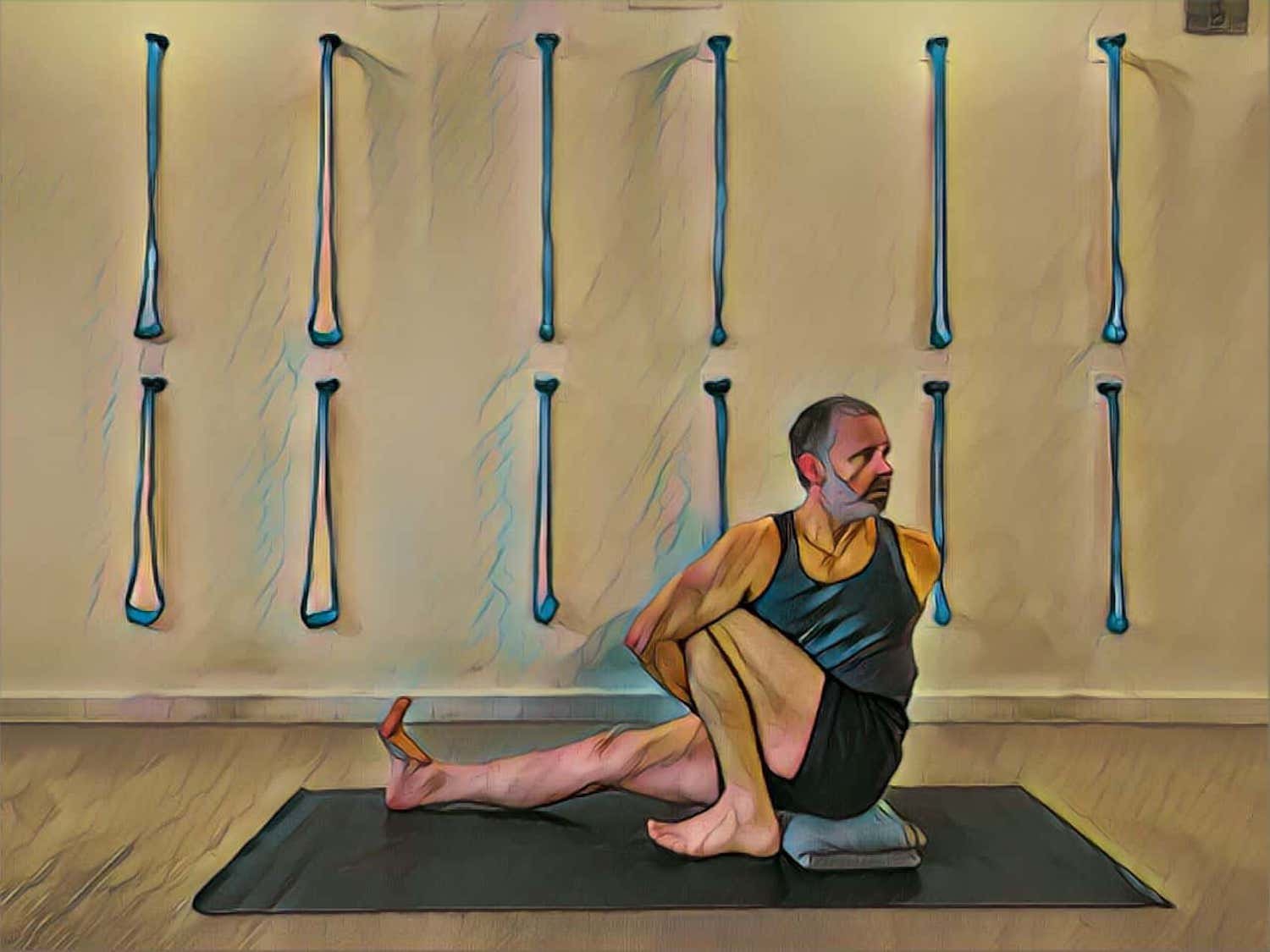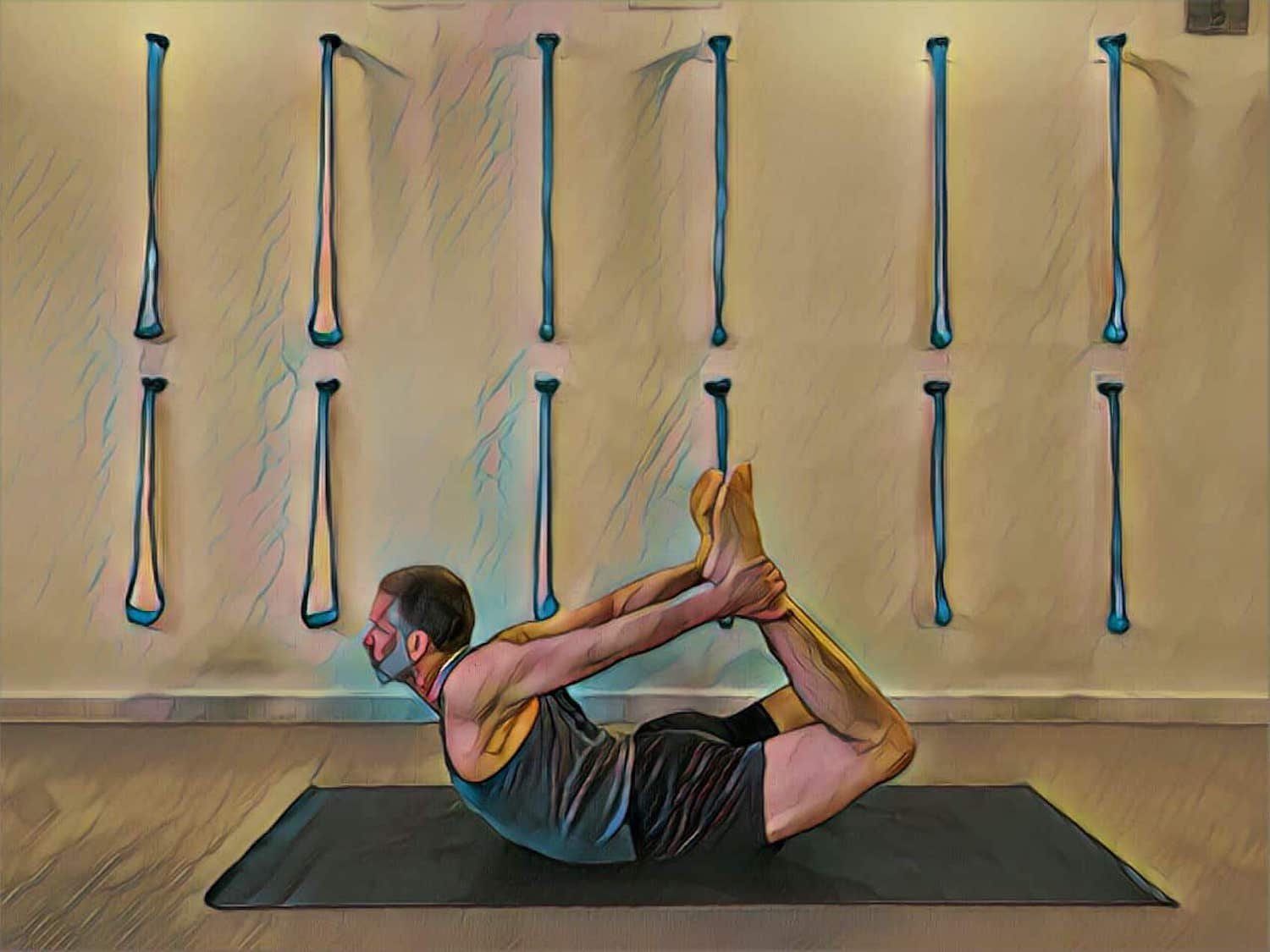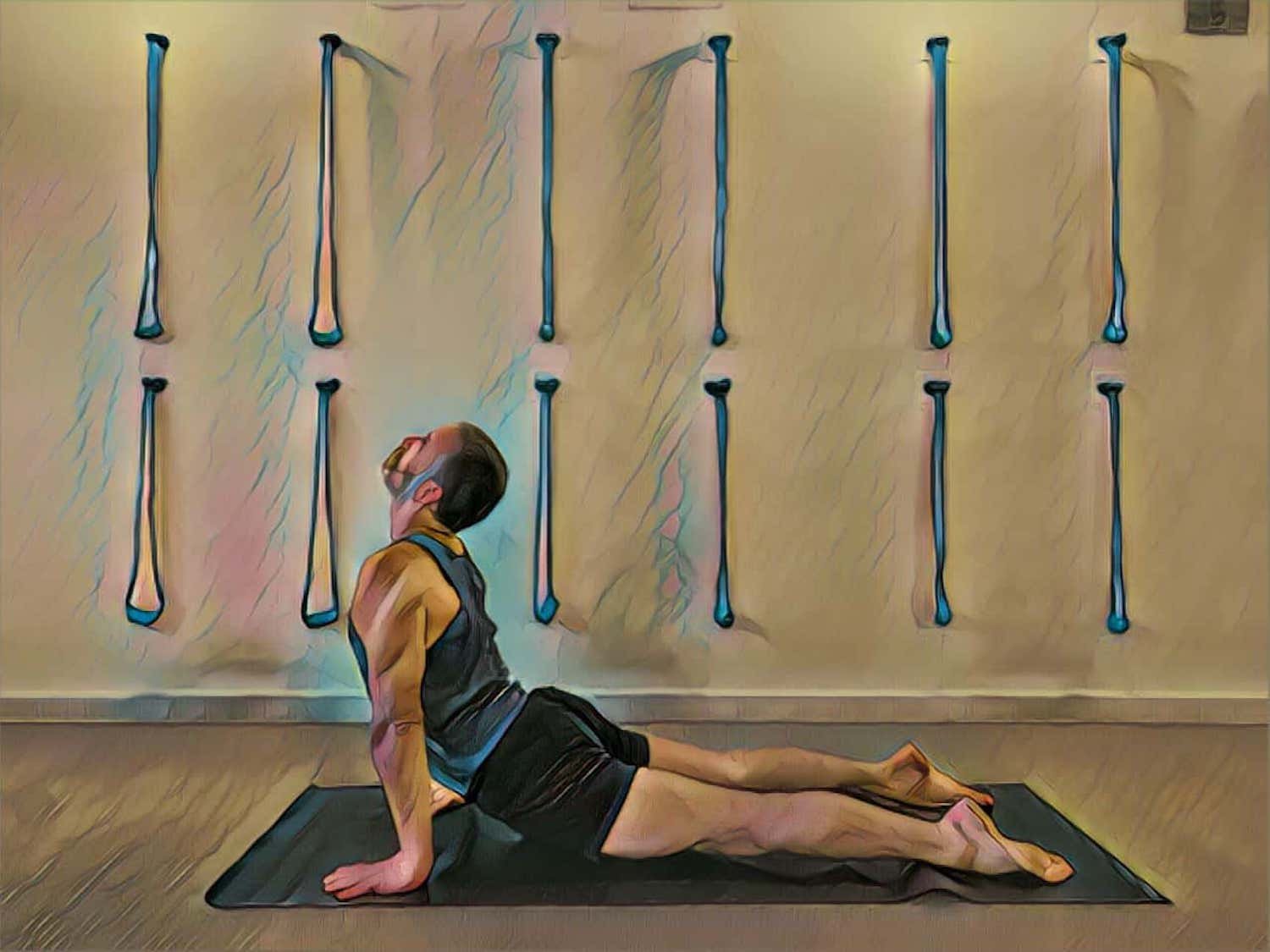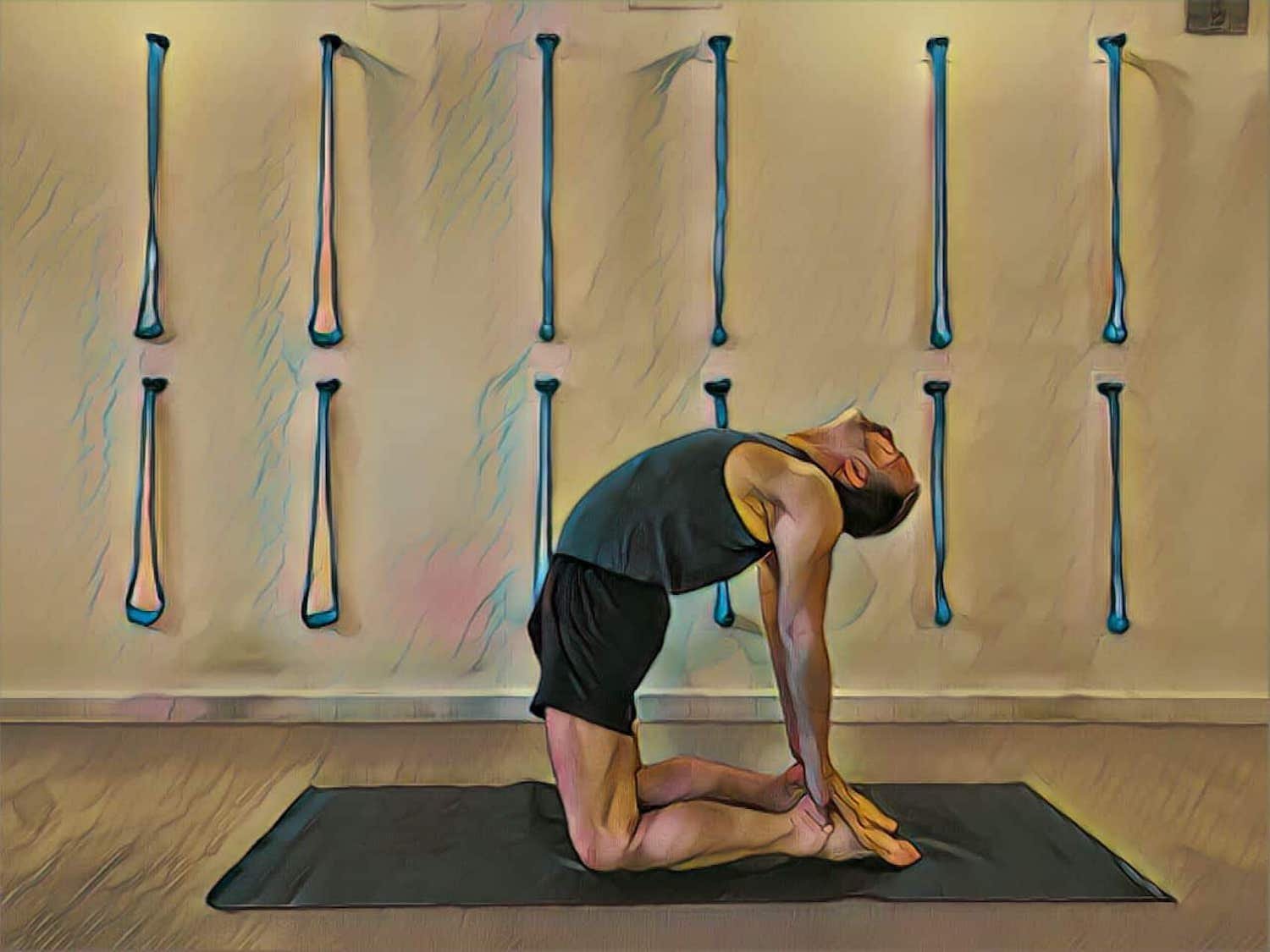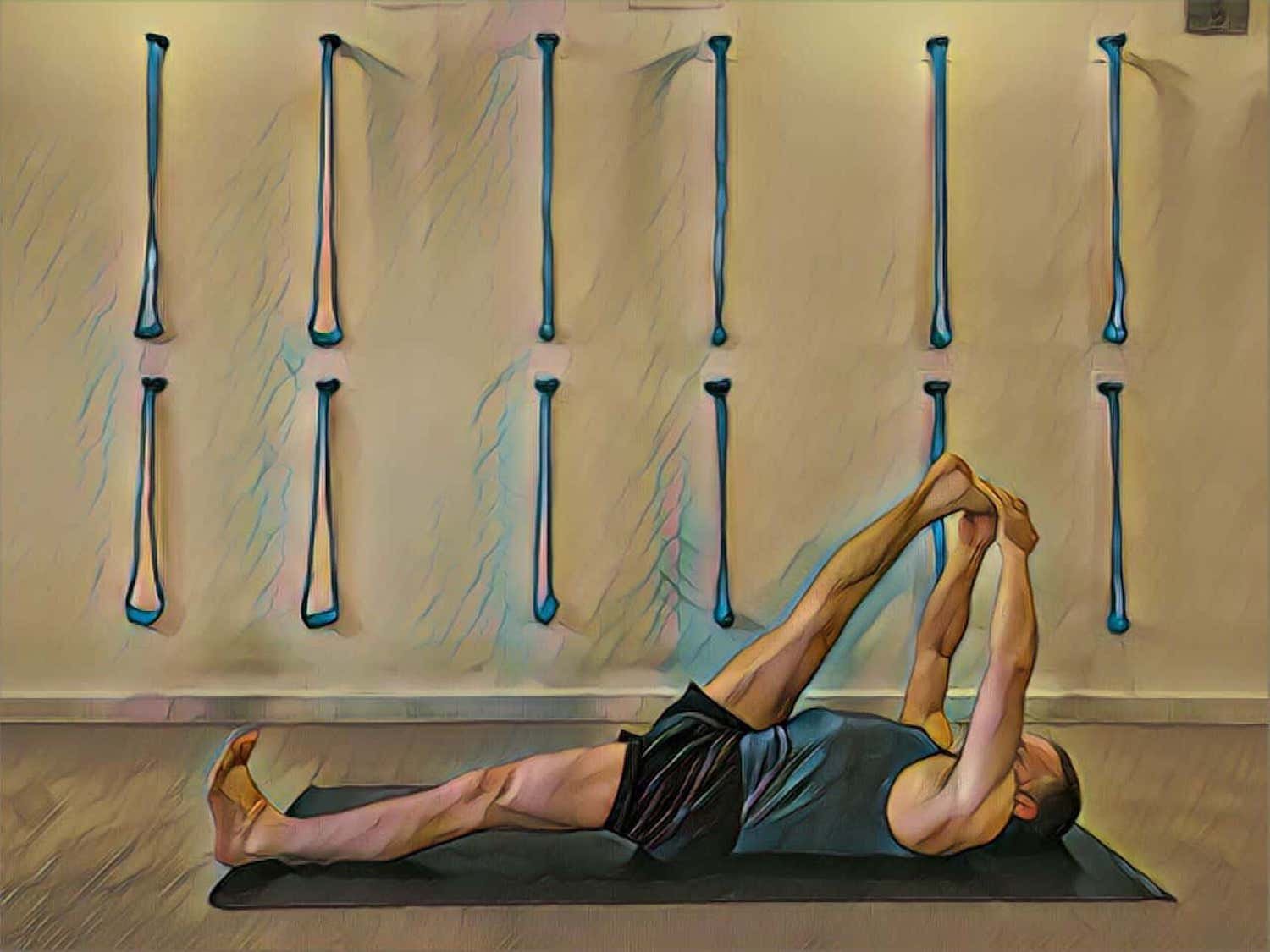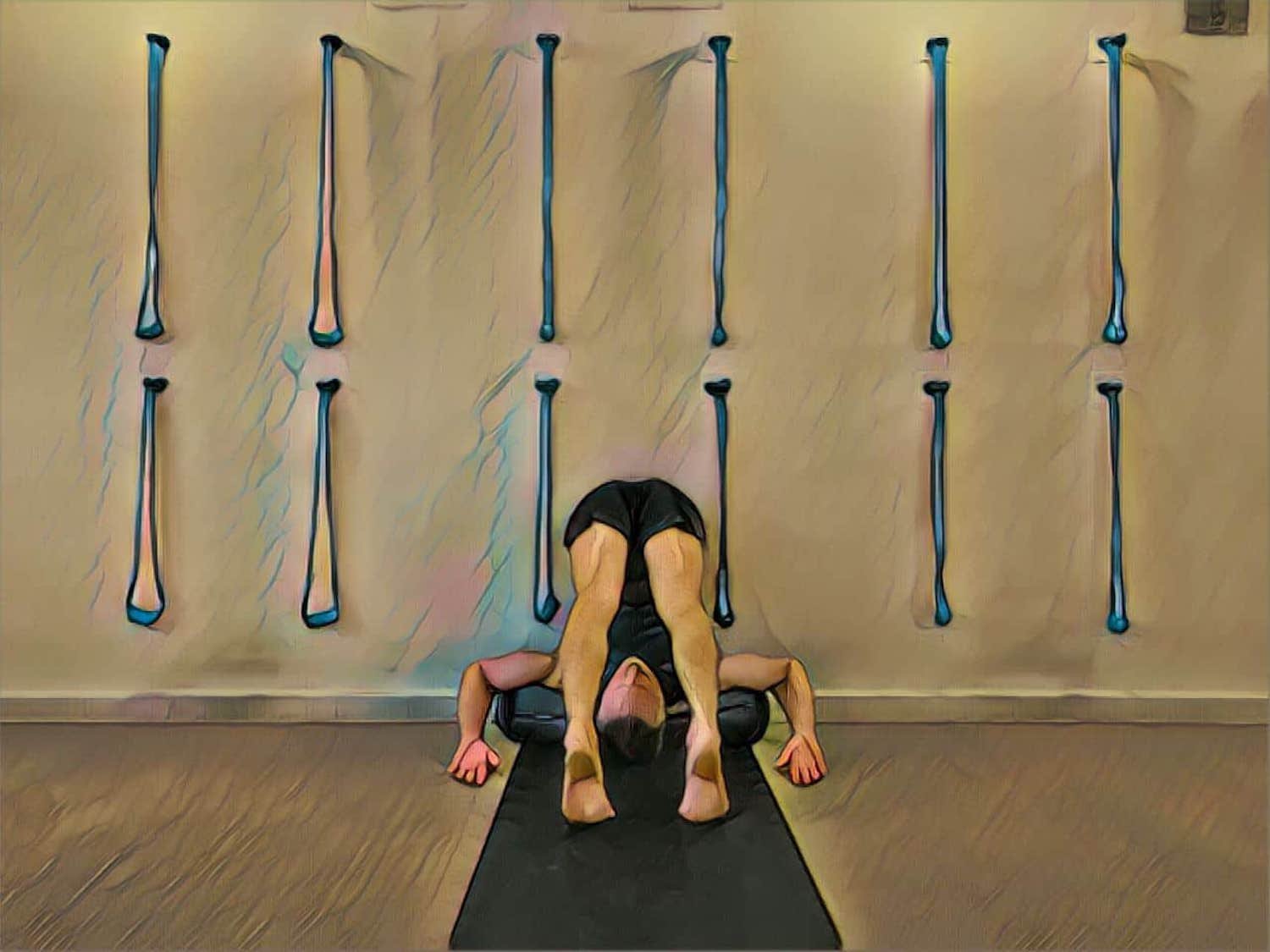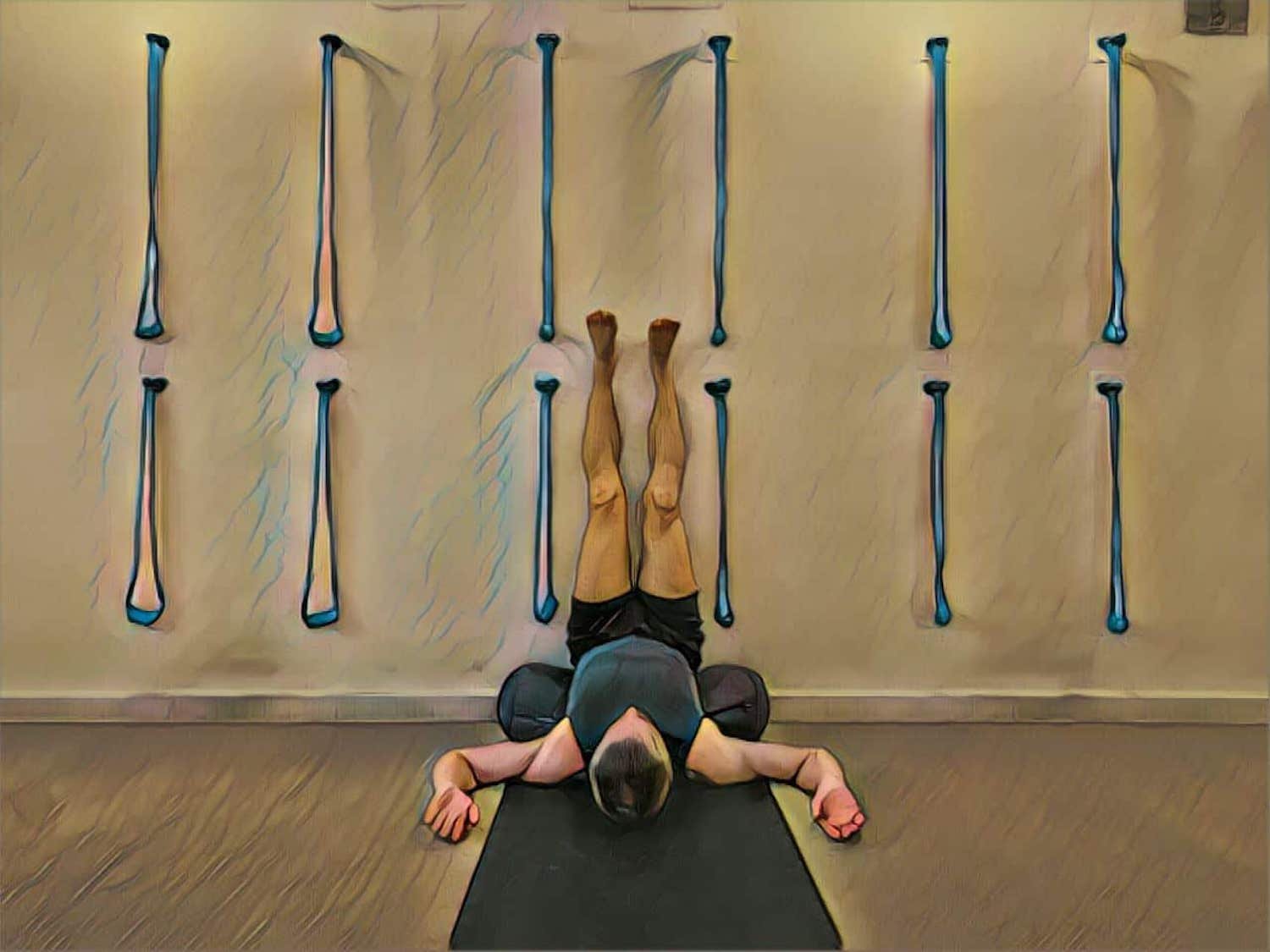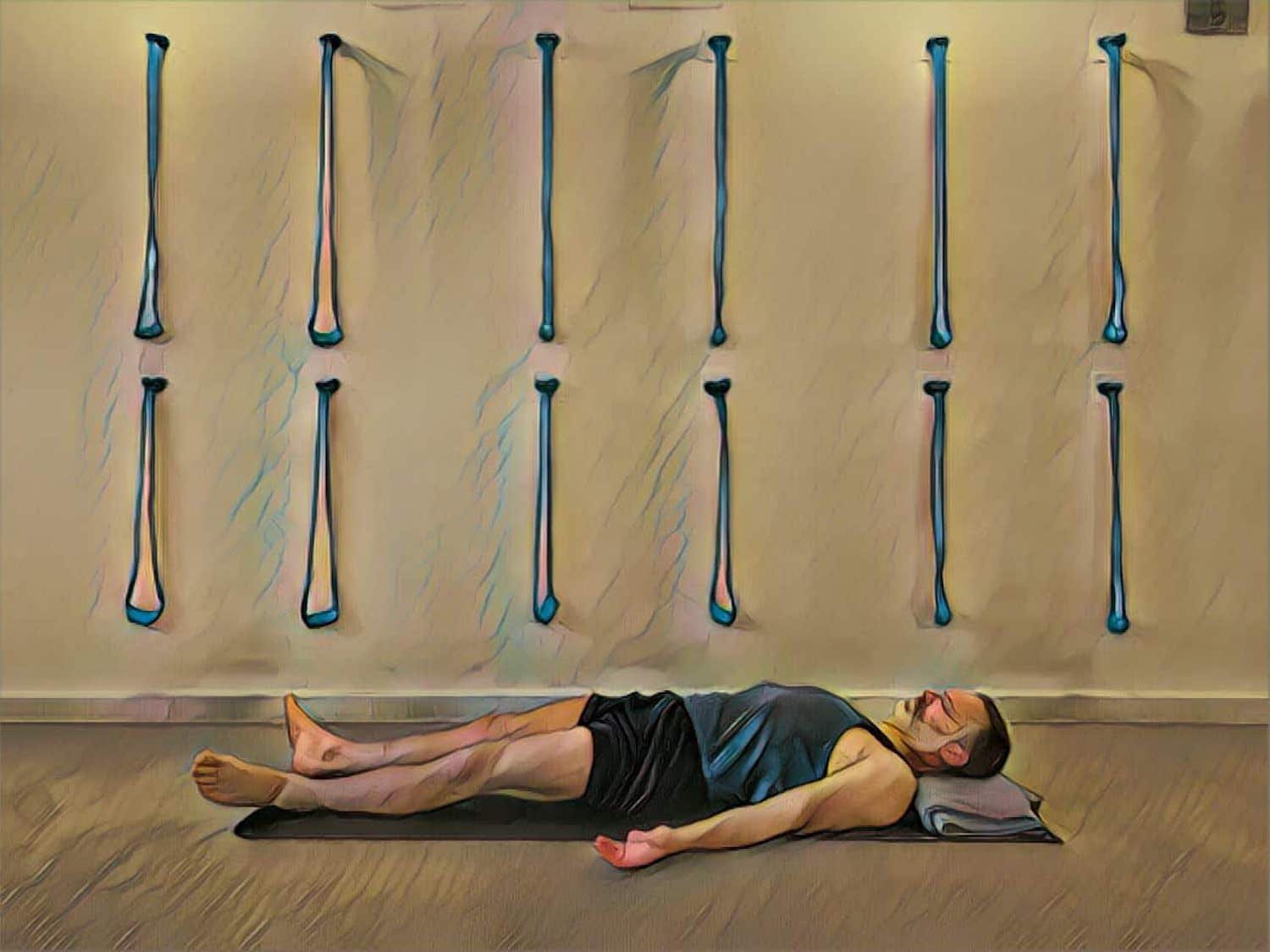The 10 Best Iyengar Yoga Books
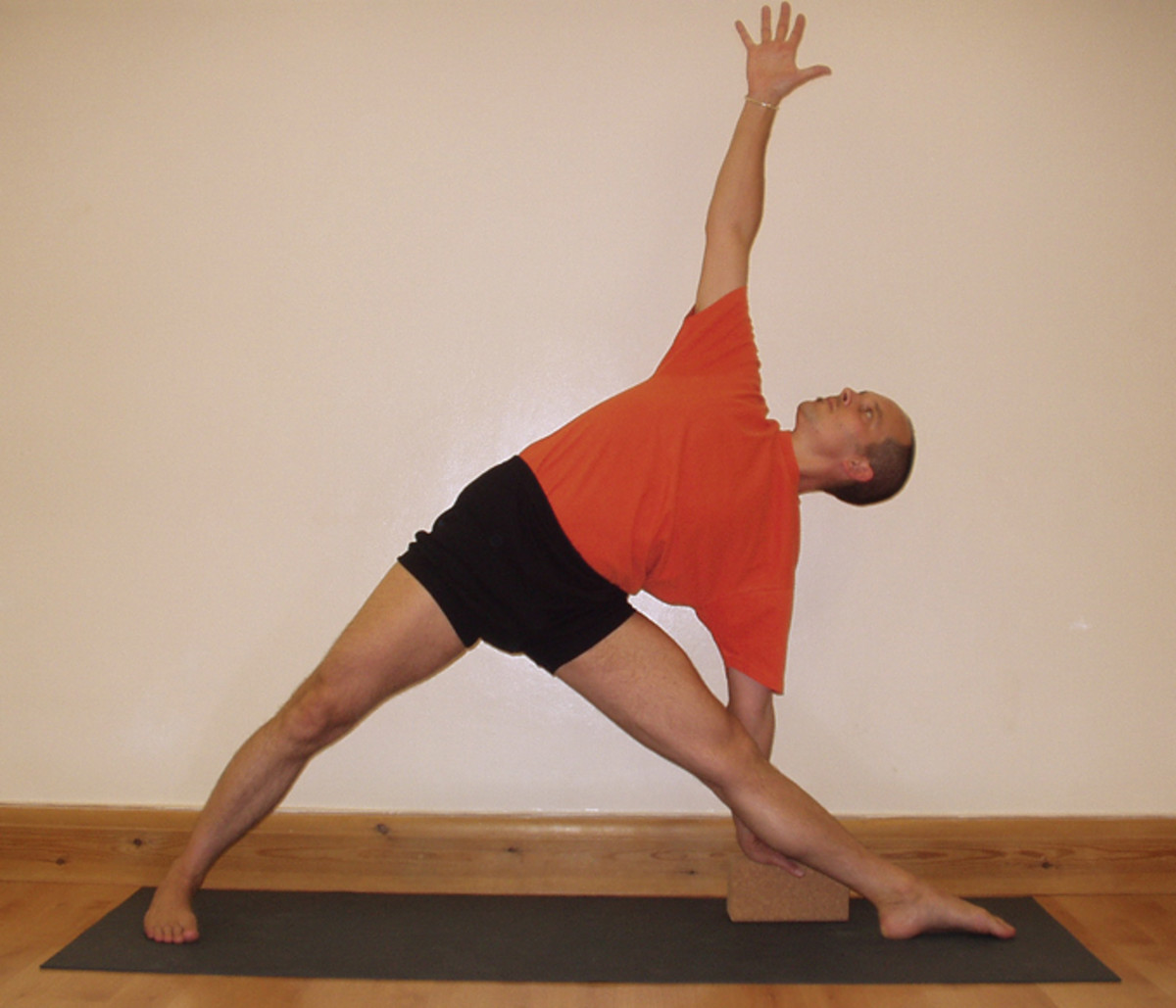
My Recommendations for the Best Iyengar Yoga Books
There are many good yoga books on all the different aspects of yoga. I’ve accumulated a number of excellent books that help me with my study, practice, and teaching of Iyengar Yoga. It was difficult paring down my list to what I thought were the 10 best, but this list will give you a place to start if you’re interested in Iyengar Yoga or yoga in general.
Herbal Teas to Boost Energy and Mood in WinterKATELYN WEEL
0:03 / 0:10Read MoreI chose books on Iyengar Yoga that represent different facets of the study and practice of yoga, including good all-purpose books for learning and practicing yoga asanas (poses) and pranayama (breathing exercises), books that focus on health-related issues and different segments of the population, and books on the philosophy of yoga.
Important Note: Light on Yoga, by B.K.S. Iyengar, is by far the most important Iyengar Yoga book. I list it second only because, in my experience, many beginners are daunted by the amount of information given and the number of very difficult poses featured. Any serious Iyengar Yoga student should have this book, though. But the average beginner relates better to books with bigger “prettier” pictures and less text.
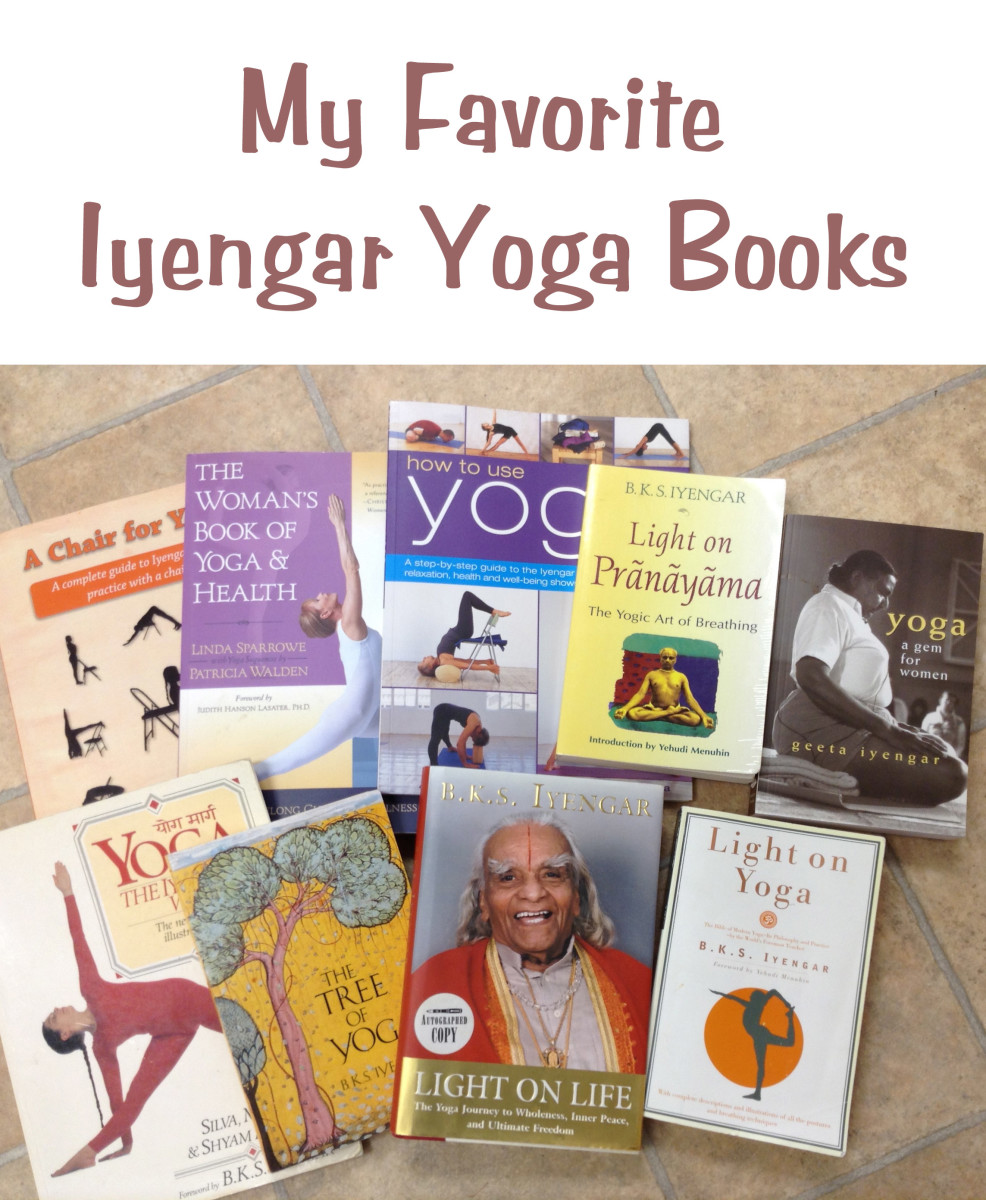
These are the Iyengar Yoga books that I most commonly use.
My own photo, my own books
1. Yoga: The Iyengar Way: Silva, Mira, and Shyam Mehta
Yoga: The Iyengar Way was one of the two first yoga books I bought when I started yoga, and it’s still one of my favorite books for referencing poses and for showing photos of poses to my students. It’s accessible to most new students, as well as an excellent resource for the continuing, experienced student. This is the book I recommend most often to new students, along with the next book on my list, Light on Yoga.
I feel that Yoga: The Iyengar Way is more accessible to the brand new student than Light on Yoga, which is why I list it first. It includes about 100 postures with step-by-step instructions on how to do the poses and is accompanied by detailed, beautiful photos. The poses shown are inspiring and exquisitely executed! Instructions include modifications, along with the use of props, to safely work toward the full poses. Postures are rated for their difficulty level, from one diamond for easy to four diamonds for very difficult.
Besides the detailed information on how to do the yoga asanas (poses), there are also sections on pranayama, relaxation and meditation techniques, and the philosophy of yoga. At the end, there are lists of suggested sequences of poses to follow, including general sequences for regular learning and practice and sequences for improving different health issues. The pose names are listed in Sanskrit, so the reader will have to do some work to translate them (which is a good thing, in my opinion!).
2. Light on Yoga: B.K.S. Iyengar
Light on Yoga is the other book that I bought when I first started taking yoga classes and another one that I recommend most frequently to students. The subtitle of this book is appropriate: The Bible of Modern Yoga — Its Philosophy and Practice. It’s a definitive text on hatha yoga and a great resource for anyone who is serious about the study and practice of yoga.
The name Light on Yoga refers to the book’s purpose of “shedding light” on the subject of yoga.
The book includes over 200 poses, with at least one photo per pose, and often more than one photo to show different stages of the poses. The first 50 pages or so of the book define what yoga is and gives a summary of the philosophy of Patanjali’s yoga, which is the basis of Iyengar yoga (and some of the other yoga methods).
Light on Yoga is required reading for anyone looking to become certified in the Iyengar Yoga method. I’m currently wearing out my third copy of this book!
3. Yoga: A Gem for Women: Geeta Iyengar
This is another book that’s required reading for Iyengar Yoga teachers (I’m currently on my second copy of this book!) and strongly recommended for anyone who’s serious about the practice of yoga. As the name implies, it’s truly a “gem” of a book. Even though the title is Yoga: A Gem For Women, most of the book is applicable to men as well.
Geeta Iyengar is the daughter of B.K.S. Iyengar and a world-respected yoga teacher and writer. This book contains fewer poses than Light on Yoga, but more description of the techniques for doing the poses, including variations if the classical pose is too difficult. Geeta Iyengar also includes a section on practicing yoga poses safely during pregnancy and segments on what to practice and what to avoid during certain stages of a woman’s life.
B.K.S. Iyengar December 14, 1918 – August 20, 2014
Photo by Mutt Lunker on Wikipedia, CC BY-SA 3.0
4. The Tree of Yoga: B.K.S. Iyenga
This is a good introduction to the philosophy of yoga.
My Honest Review of the Military Diet
Most of my students start yoga for the physical health benefits that the practice of asanas (poses) can give them and for relief from stress. These are great reasons to start yoga. But there is so much more to yoga than the poses and relaxation techniques.
When my students start to become more interested in the “big picture” of yoga, this is a great book to introduce them to the philosophy of yoga. The Tree of Yoga refers to the eight different parts of Patanjali’s yoga, which include ethical concerns, physical postures, breath work, and practices leading to meditative states. Mr. Iyengar also includes his essays on various aspects of yoga and life.
5. The Woman’s Book of Yoga and Health: Linda Sparrowe and Patricia Walden
This wonderful book covers the different stages in women’s lives and discusses how the practice of yoga can help us maintain our physical and mental health as we move through these stages. Sample sequences of poses, with photos, are shown as recommendations for how to practice during different times of our lives and for different issues in our lives.
Sections include:
Essential yoga sequences
Entering puberty and the menstrual cycle
Pregnancy and post-partum
Menopausal issues
Aging issues (post-menopausal)
I recently recommended this book during a workshop class I taught about how to develop your own home yoga practice. A couple of women told me they bought it and have been enjoying their practice of the Essential Yoga Sequences as listed in the book.
5. The New Yoga for Healthy Aging: Suza Francina
The subtitle for this book is Living Longer, Living Stronger, and Loving Every Day. Author and certified Iyengar Yoga teacher Suza Francina has written articles and books with baby boomers in mind. Read Suza’s Yoga Articles for a number of her online articles.
The New Yoga for Healthy Aging is illustrated by inspiring photos of older yoga students doing poses that require strength and grace, and tips are given to show how the more challenging poses can be done through the use of props and modifications. This book also addresses common ailments of aging, including osteoporosis, arthritis, hip replacements, heart health, and Parkinson’s disease. The book includes sequences for “healthy aging.”
Triangle Pose, utthita trikonasana
Matthew Greenfield on Wikipedia, CC BY-SA 3.0
7. Yoga for Wimps: Poses for the Flexibility-Impaired: Miriam Austin
I love the name of this book! Sometimes my students don’t take the book seriously when they see the name, but then I tell them it is such a great book for “the average Joe or Jane off the street” who wants to do yoga but is worried because they can’t touch their toes or turn themselves into pretzels.
The models in this book are all “real” students and are shown doing poses and modifications that most people will be able to approximate. Common household items (chairs, belts, ties, walls) are used as props to help do the poses better. Easy sequences are given for quick “fix-its” for simple aches and pains and for stress reduction.
8. Light on Life: B.K.S. Iyengar
The subtitle of this book is The Yoga Journey to Wholeness, Inner Peace, and Ultimate Freedom. This book is about the yogic journey to “realize” our inner divine being. The first sentence says, “Spiritual realization is the aim that exists in each one of us to seek our divine core.”
To find this core, we explore our different “sheaths” of being, our different layers or bodies of existence, including our physical, energetic, mental, intellectual, and divine layers. All these layers need to be integrated in order for us to achieve wholeness.
I don’t recommend it for those who are just starting their study and practice of yoga (I recommend starting with the physical practice and reading Tree of Yoga before reading Light on Life), but it’s an excellent book for those who are already familiar with the philosophy of yoga.
9. Light on Pranayama: B.K.S. Iyengar
This is another of B.K.S. Iyengar’s “Light on … ” books—books that shed light on particular aspects of the practice and study of yoga. Light on Pranayama gives instruction on the different techniques of pranayama, or breath work, along with the theory and philosophy of yoga.
This isn’t a book for beginners, though. In the Iyengar Yoga system, the formal practice of pranayama isn’t started until the student has a strong background in the physical poses, to build up the strength to sit well and to build greater awareness in the body and mind. Before formal instruction in pranayama, we do some practice on breath awareness and are reminded not to hold the breath or to breathe heavily while in poses. Then when the body and mind are prepared, we’re taught more formal breathing techniques.
10. A Chair for Yoga: Eyal Shifroni
A couple years after I originally wrote this article a new book came out that has since become one of my favorites: A Chair for Yoga: A Complete Guide to Iyengar Yoga Practice With a Chair by Senior Iyengar Yoga teacher, Eyal Shifroni, from Israel.
If you’ve taken Iyengar Yoga classes, most likely you’ve used a metal folding “yoga” chair for some of the poses—perhaps the “back bend” over the chair (Dwi pada viparita dandasana with chair support) or for a simple supported Adho mukha svanasana (downward facing dog pose) with hands on the chair seat, or for other poses.
Eyal Shifroni has taken the use of the “yoga” chair to another level in his book, A Chair for Yoga. He shows different ways to use the chair for all of the categories of yoga asanas, or poses, including standing, seated, forward bends, back bends, balance poses, inversions, abdominal poses.
A chair can be used for beginners or for weaker students to help support them in a pose for longer while holding a better alignment, and it can also be used by more experienced students to explore the poses more deeply.
This book has been very enjoyable to work from. I’ve introduced my students, from gentle yoga through experienced, to many of the chair poses that Shifroni shows in this book.
[……]

